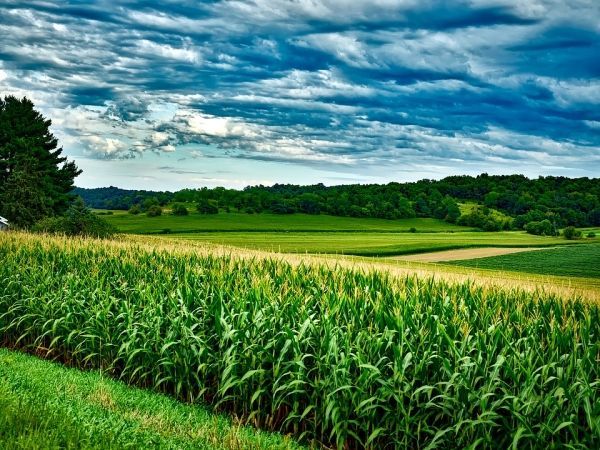It doesn’t matter if it’s a forest, a soybean field, or a prairie, all plants take up carbon dioxide during photosynthesis – the process where they use sunlight to convert water and carbon dioxide into food. During this changeover, the plants emit an energy “glow” that is not visible to the human eye, but can be detected by satellites in space. Now, researchers at the University of New Hampshire have taken that one step further. By using satellite data from different major land-based ecosystems around the globe, they have found that the photosynthesis glow is the same across all vegetation, no matter the location. This first-of-its-kind global analysis could have significance in providing more accurate data for scientists working to model carbon cycle and eventually help better project climate change.
“The importance of these results is that rather than look at several different types of data and computer-based models from information collected on the ground to monitor plant photosynthesis across the globe, using the satellite observations will provide a near real-time option that is simple, reliable and fast,” said Jingfeng Xiao, a UNH research associate professor and the principal investigator on the study recently published in the journal Global Change Biology.
Plants across the globe are a major carbon sink helping to remove carbon from the atmosphere during photosynthesis. Because of this, accurate photosynthesis estimates are crucial for scientists who examine ecosystem functions, carbon cycling, and feedbacks to the climate. The challenge has been in the ground-based data scientists previously used to estimate it, including air temperature, solar radiation, precipitation, and other information used in computer-based Earth systems models that focus on the carbon cycle. However, those calculations have large variations that can affect results.
Read more at University of New Hampshire
Photo Credit: 12019 via Pixabay


